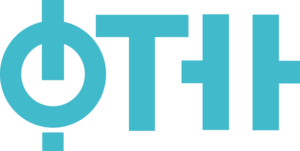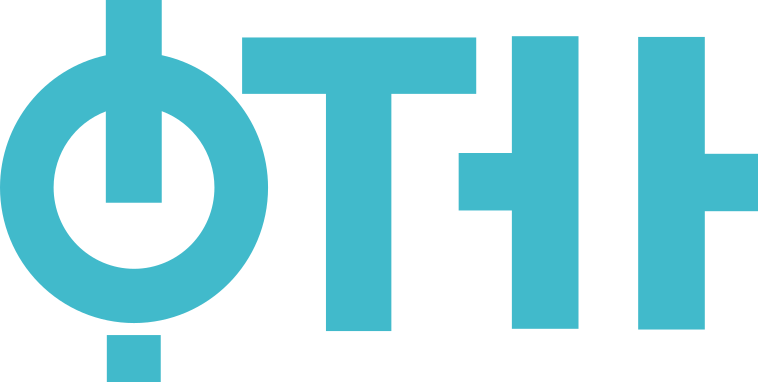Subject: Virtual and augmented reality (17.F311I2 )
Study programmes of the course:
| Type of studies | Title |
|---|---|
| Undergraduate Academic Studies | Graphic Engineering and Design (Year: 3, Semester: Winter) |
| Category | Theoretical-methodological |
| Scientific or art field |
|
| ECTS | 5 |
The objective of the course is to familiarise with the concepts, terminology, technics and application of virtual and augmented reality and other variations from the mixed reality continuum. Students will learn about the development of interactive visualisation of mixed reality, their applications in different areas (education, medicine, engineering, marketing and entertainment industry). Also, students will master the specific techniques and software tools for creating applications of virtual and mixed reality and use currently current equipment like holographic headset Microsoft Hololens to test existing applications as well as their semester projects.
By mastering the techniques and technologies of the composition of data from a physical environment (GPS, photogrammetry, image and object recognition) and digital content, students get the necessary knowledge of themselves creating mixed-reality applications for different platforms (Microsoft Hololens, smartphones, 3D VR headsets). In addition to gaining theoretical knowledge about the technologies for creating compositions of real and virtual objects, students will acquire practical experience in creating applications of virtual and extended reality from the conceptual concept, through the creation of digital content, defining markers, linking with the user's physical environment up to testing of the application.
Basic terminology, concepts and classification of the continuum of reality and virtuality. The history of virtual (VR), extended (AR), and mixed (MR) realities. Application of VR / AR / MR in different disciplines from primitive forms to current trends in the field (education, engineering, medicine, marketing, entertainment industry). The technology of virtual and expanded reality. Hardware components VR, AR and MR applications (hardware requirements - processor, graphics card, workstation, output devices - standalone 3D hologram visors, 3D VR visors of different generations, mobile phones, input devices - cameras, sensors). Software components VR, AR and MR applications (3D modelling software, development environments for VR, AR and MR applications, photogrammetry software). Crossplatform- testing and customising the project for various platforms.
Teaching takes place in the form of lectures, computer exercises and consultations. The lectures feature the theoretical part of the material followed by testing applications and case studies, while computer exercises overcome software tools (Unity, Vuforia, Microsoft Hololens Development Tools) and create VR and AR applications for different platforms.
| Authors | Title | Year | Publisher | Language |
|---|---|---|---|---|
| 2015 | English | |||
| 2017 | English | |||
| 2017 | English | |||
| 2016 | English |
| Course activity | Pre-examination | Obligations | Number of points |
|---|---|---|---|
| Computer exercise attendance | Yes | Yes | 5.00 |
| Oral part of the exam | No | Yes | 30.00 |
| Computer excersise defence | Yes | Yes | 20.00 |
| Theoretical part of the exam | No | Yes | 20.00 |
| Project | Yes | Yes | 20.00 |
| Lecture attendance | Yes | Yes | 5.00 |
Asst. Prof. Đurđević Stefan
Assistant Professor
Lectures
Prof. Nedeljković Uroš
Full Professor
Lectures
Asst. Prof. Đurđević Stefan
Assistant Professor
Computational classes
Faculty of Technical Sciences

© 2024. Faculty of Technical Sciences.
Contact:
Address: Trg Dositeja Obradovića 6, 21102 Novi Sad
© 2024. Faculty of Technical Sciences.



